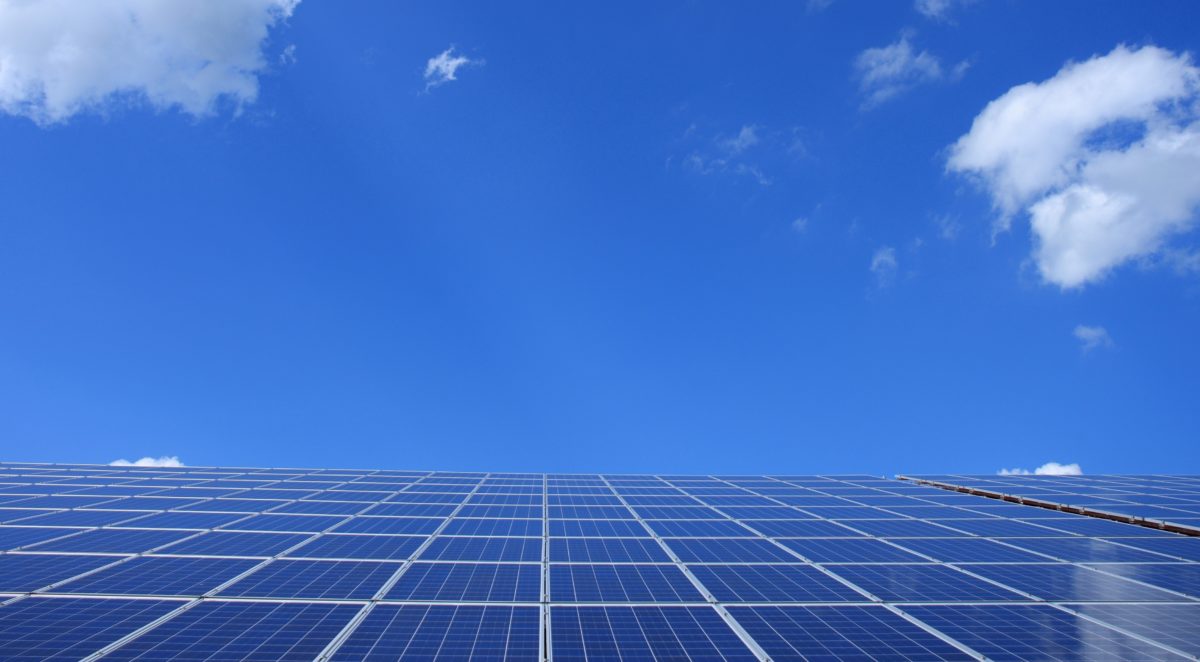CleanCapital and Borrego will work together to build a 6.7 MW distributed generation solar project in Maine.
The project will make use of Maine’s Net Energy Billing kWh Program and will sell power to residential off-takers at a fixed discount to the prevailing utility rate for a 20-year term. CleanCapital will finance the project, which is expected to reach commercial operation in 2022.
This is CleanCapital’s first project in Maine, expanding the company’s total acquisitions to more than 230 MW in 19 states.
Metals on the move
Research from Wood Mackenzie said that another commodities supercycle is on its way, with winners expected to be industrial metals needed to electrify society, including cobalt, lithium, copper, nickel, and aluminum.
It said that $50 trillion of investment worldwide will be needed over the next three decades to achieve a 1.5˚C global warming trajectory. Part of that investment will electrify infrastructure and reengineer economic activity that most significantly contribute to carbon emissions. Metals supply will play a vital role in achieving this, the report said.
Three potential developments could challenge how this commodities supercycle unfolds and who, ultimately, benefits from it:
- The concentrating control of metals’ supply chains is likely to exclude many.
- Systemic supply uncertainty and ensuing price volatility, encouraging disruptive new technologies such as next generation electrofuels, polymeric energy storage, and cobalt free batteries, thereby forcing “traditional” commodities into obsolescence.
- The rise of “consumption consciousness” undermining the long-term reliance on primary metal.
Solar and wind create a demand for minerals and metals that will likely require expanding mining operations for cobalt for use in alloys and batteries, tellurium for solar cells and semiconductors, and germanium for transistors in electronic devices.
Researchers at the Missouri University of Science and Technology (S&T) said that rising demand for these components could increase metal production needs by two to six times per kilowatt produced. For example, they said that the 100,000 tons of cobalt produced each year globally will need to double by 2030 and triple by 2050.
“We could eventually reach some of our materials needs by recycling, but there is very little to recycle at this point,” said Michael Moats, director of the Thomas J. O’Keefe Institute for the Sustainable Supply of Strategic Minerals at Missouri S&T. As a result, new mining capacity will need to be brought online to meet demand, he said.
Solar project calculator
Metal roof attachment company S-5! and software developer PVComplete launched a web-based solar calculator, designed to create solar project layouts for standing seam and exposed-fastened metal roofs.
Users enter project data into S-5!’s solar calculator, including metal roof type and manufacturer, roof measurements, module size, module manufacturer, and seam spacing. Based on the selected job location, the calculator computes the forces in the upward (uplift), downward, lateral (seismic), and downslope/parallel force according to ASCE 7. It also uses Google maps to assist with rooftop placement of modules.
The calculator provides module spacing recommendations to align standing seams with the module manufacturers mounting zones, as well as an energy output summary detailing how much energy the array will produce, the timeframe to achieve a return on investment, a bill of materials, and a report available for an authority having jurisdiction.
The design tool also integrates ASCE-16 structural requirements.
This content is protected by copyright and may not be reused. If you want to cooperate with us and would like to reuse some of our content, please contact: editors@pv-magazine.com.









By submitting this form you agree to pv magazine using your data for the purposes of publishing your comment.
Your personal data will only be disclosed or otherwise transmitted to third parties for the purposes of spam filtering or if this is necessary for technical maintenance of the website. Any other transfer to third parties will not take place unless this is justified on the basis of applicable data protection regulations or if pv magazine is legally obliged to do so.
You may revoke this consent at any time with effect for the future, in which case your personal data will be deleted immediately. Otherwise, your data will be deleted if pv magazine has processed your request or the purpose of data storage is fulfilled.
Further information on data privacy can be found in our Data Protection Policy.